How Open Is NASA's Open Lunar Architecture?

 Keith’s note: NASA held a media briefing session today at NASA HQ. The purpose of the briefing was to talk about the various lunar activities NASA is engaged in. Specifically there was discussion by NASA SMD AA Thomas Zurbuchen about the science and technology missions that NASA is planning. Next week 12 payloads will be announced as part of the Commercial Lunar Payload Services (CLPS) program. 9 companies are cometing to place these payloads on the Moon. Zurbuchen is off on a race to make these things happen much faster than is usually the case at NASA. This means that there will be more risks taken – but with that comes a greater chance to try new things. Indeed, if the program achieves what it aspires to do, there could be payloads on the surface of the Moon by the end of 2019.
Keith’s note: NASA held a media briefing session today at NASA HQ. The purpose of the briefing was to talk about the various lunar activities NASA is engaged in. Specifically there was discussion by NASA SMD AA Thomas Zurbuchen about the science and technology missions that NASA is planning. Next week 12 payloads will be announced as part of the Commercial Lunar Payload Services (CLPS) program. 9 companies are cometing to place these payloads on the Moon. Zurbuchen is off on a race to make these things happen much faster than is usually the case at NASA. This means that there will be more risks taken – but with that comes a greater chance to try new things. Indeed, if the program achieves what it aspires to do, there could be payloads on the surface of the Moon by the end of 2019.
These missions will conduct pure science and applied technology. The applied technology is designed to build up capabilities that will be needed when human landings are attempted at the end of the next decade. Among other things locating resources for fuel generation and lunar base construction will be explored.
A Human Lunar Landing System Broad Agency Announcement (BAA) has been issued by NASA. NASA Administrator Bridenstine and HEOMD AA Bill Gerstenmaier described the approach within this BAA as using an “open architecture”. Yet when you read the BAA it refers to a “Reference Architecture” that proposers are supposed to base their ideas on – anything outside of that Reference Architecture would be deemed beyond the scope of this BAA. That sounds a bit contradictory. NASA says they want people’s ideas – even if they are different than what NASA wants to do yet the procurement vehicle they use seems to preclude that.
The following is my question to Bridenstine and Gerstenmaier – in essence I asked what NASA would do if SpaceX shows up with a proposal and says that they can do everything NASA wants without the need of a Gateway-based architecture:
In essence NASA wants everyone’s ideas – even if they may not match up against what this current BAA solicits. They say that will take ideas that do not conform to the BAA’s language and consider them (even though the BAA does not mention this). The real question is whether NASA truly wants to use the engines of creativity that a fully open architecture would instill or whether they want to be seen as trying to be open when in fact they still want to impose agency solutions when all is said and done. This is sort of a “closed openness” approach.
Another analogy is to compare the way that Google leaves its Android architecture rather open to outside developers and hardware manufacturers while Apple has adopted a “walled garden” approach where they control the extent of software operations and hardware implementation. Both approaches work – but one is far more “open” than the other.
It might be a good idea for NASA to put out an amendment to this BAA that explicitly states this since simply reading the BAA could leave a proposer with the (apparently incorrect) impression that only ideas that resonate with the official NASA Reference Architecture as presented in the BAA are sought.
But to be honest NASA is trying to do the whole return to the Moon thing much faster than you’d expect. NASA has made flashy proclamations to this effect 4 or 5 times since humans last walked on the Moon. Yet half a century and many false starts later later we have still not put a human on the Moon again. This time NASA is taking more risks than they are used to taking. With that comes the chance to try more new approaches and get back to the Moon faster than might otherwise be the case.
– Human Landing System Broad Agency Announcement Industry Day presentations


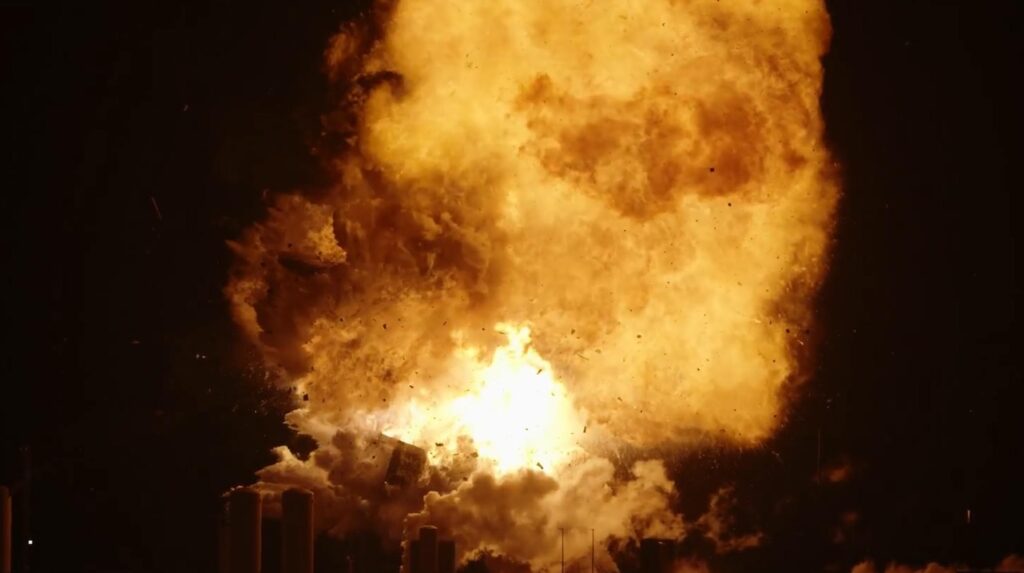
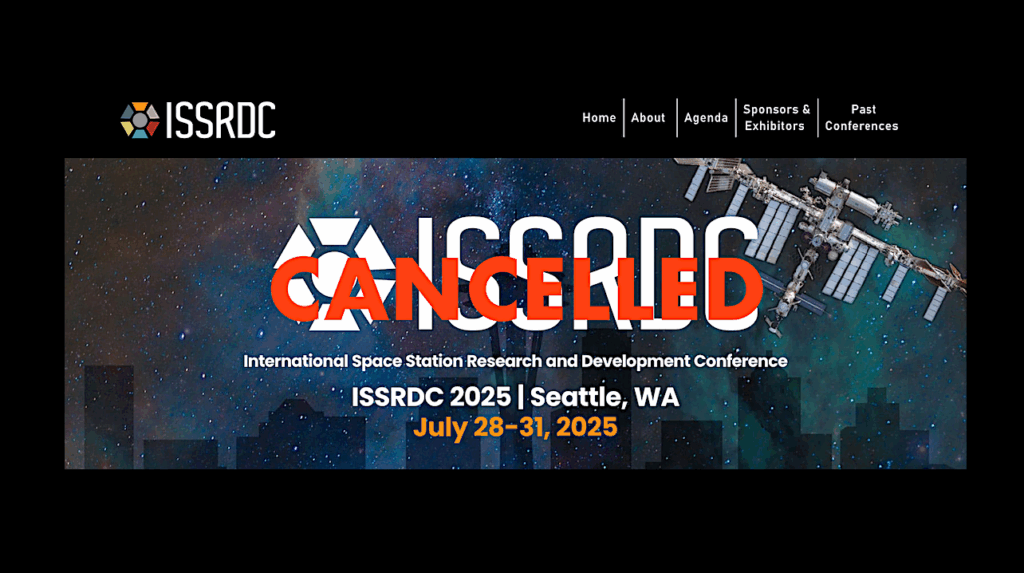
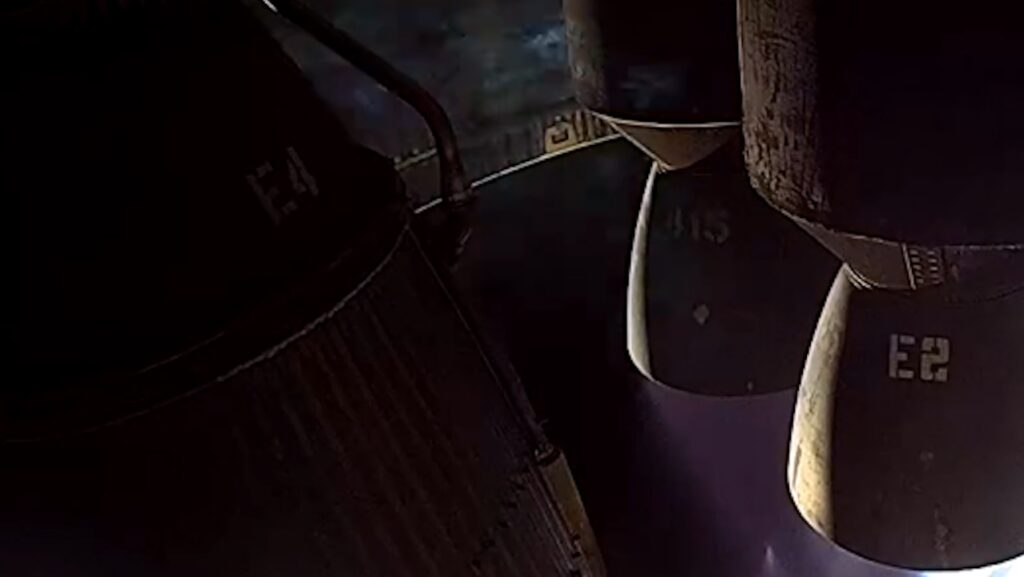

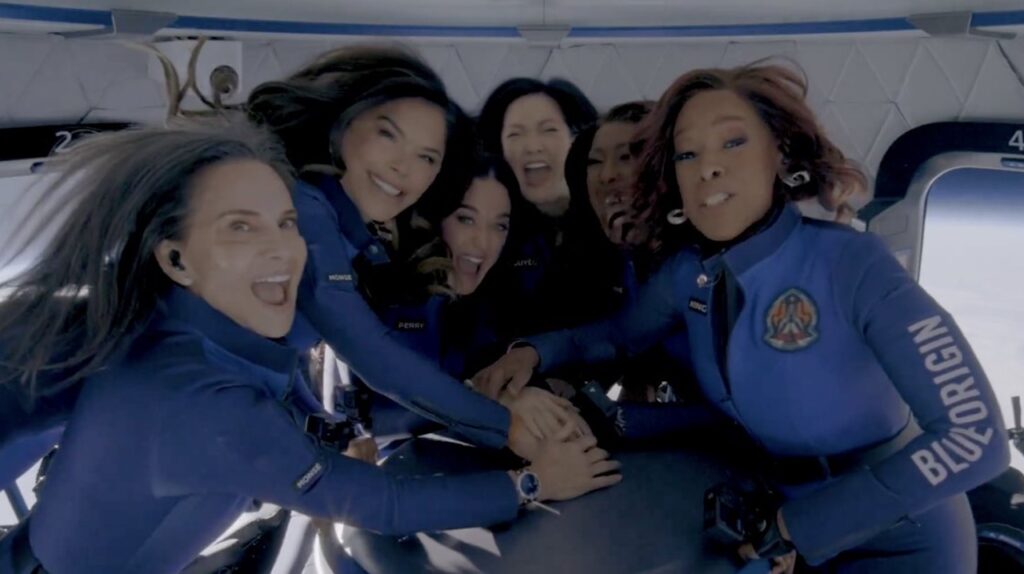
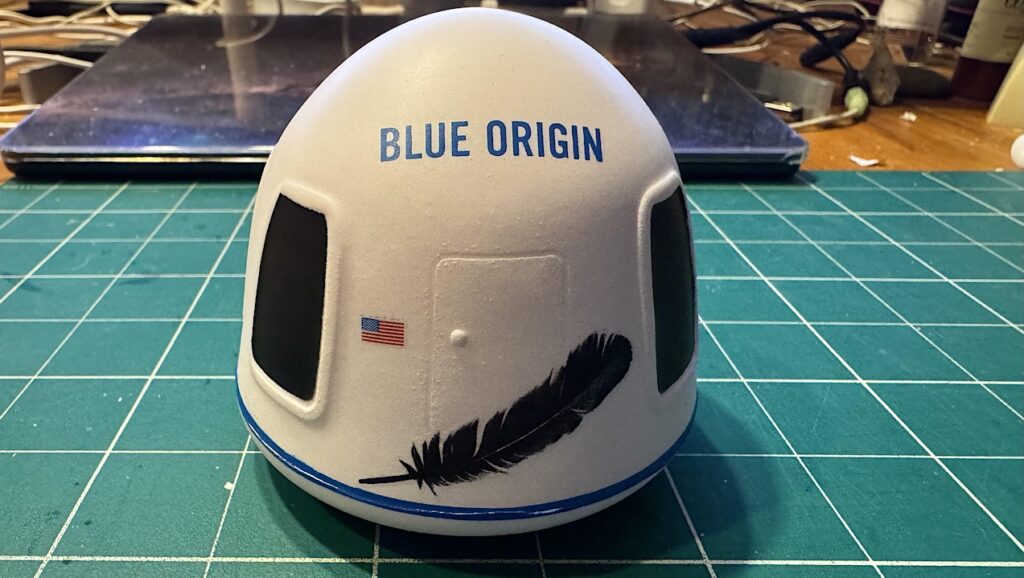

The crewed lander “Reference Architecture” should be retired the”Don’t You Dare Submit Starship Architecture”
It’d serve NASA right if their lander touches down and a bunch of Starship commercial passengers are waiting to watch them disembark.
An idea that has appeared more than once in the history of science fiction.
(I wish there were a way to search published stories with keywords).
The story involves two trips to a nearby star: the first is pre-FTL; the second is post-FTL. Much discussion occurs between the flights. In the end, it is decided that the folks in Flight #1 never knew about FTL, nor did they have reason to expect it (or something like that). On landing, Flight #1 is greeted by settlers present for many, many decades. I want to say that this story is by Clarke, but not sure, and undoubtedly someone here will know. In fact, I can think of at least three other novels or stories with a similar scene.
The second example is drawn from on of Peter Hamilton’s novels, all quite long, all ending too soon:
Flight #2 centers on a NASA astronaut, just completing a long, cramped trip through space. On disembarking, the thrilled astronaut appears hapless, placing the human foot on Mars.
Flight #1 provides a disembodied, out-of-sight, and snickering voice: “Yo! Dude!”
The scene is priceless, coming to mind more and more as the impending SX – NASA race heats up.
Flight #1 could be from Van Vogt’s “Far Centaurus” but doubtless the same theme has been explored elsewhere. I’m not aware of any Clarke story on the subject.
You CAN, if you’d like, search for keywords in this particular piece:
Edit:
Sorry. It appears NASA Watch doesn’t like my posting links.
Googling “Far Centaurus” should direct you to a plaintext version.
Edit 2:
Sorry, Keith.
A.E. van Vogt:
https://en.wikipedia.org/wi…
Yes! That was one of my most fun SF books I read as a young impressionable teenager. Most vivid was the vision of the ship that had tried to stop them, burning in the darkness of space, and the mystery behind that. So much fun, so long ago!
Thanks. And I note that the story was mentioned in 2004 by Paul Gilster; anyone interested in keeping up with science-based research related to (very) deep space/ space travel should bookmark his indispensable http://www.centauri-dreams.org.
I imagine they are open to any idea that incorporates SLS, Orion and Gateway. As long as you’ve got those elements in there…knock your lights out.
Agreed. But, this is also stupid since none of those are actually necessary if your goal is to land a crew on the moon. This position is clearly being taken in order to not tick off Congress. Unfortunately, Congressional pork is becoming a huge impediment to going back to the moon.
The goal is NOT to ‘land a crew on the Moon’. The goal is to create a sustainable solar system exploration & development program that exploits the Moon & its resources in any way which advances that broader goal.
No, _your_ goal may be to create such a sustainable program. It is not at all clear that this is NASA’s goal, Congress’ goal or the President’s goal.
The Administrator recently said that it is NASA’s plan to return and stay (vox.com).
Lots of weasel words, but still.
I guess I see a big difference between, “create a sustainable solar system exploration & development program that exploits the Moon & its resources in any way which advances that broader goal,” and “return [to the Moon] and stay.” The former goal would also accomplish the later, but there are lots of ways to return and stay without furthering exploration.
If you consider NASA’s budget to be a way to spend a few billion in the right congressional districts, then expensive, monthly landings, with a few astronauts and two weeks on the surface might be “return and stay.” It would be sustainable as long as Congress is willing to send a few billion a year to those districts, and they seem willing to do that indefinitely.
The executive branch has been pretty consistent in trying to move NASA to utilize more commercial systems rather than develop their own launchers.. congress has fought hard to keep it in space states congressional members hands ..
See the current websites that describe & explain the Gateway. They echo the same language put forward by the DPT for the L1 Outpost/Gateway.
Review the papers justifying the NRHO for the Gateway. They, too, echo the original language from DPT & NEXT.
Review the wording in the Space Policy Directives 1 & 2 from the current Administration. These, too, echo the original language…
The higher-ups do not always cite ISRU, etc, nor describe the entire picture, when speaking about the parts or portions of the larger plan, but the larger plan is there underneath nonetheless. You only need to keep attuned for the keywords when they do happen to be included in this speech or discussion or that document or website to confirm that the longer-term plan’s broader objectives remain what they have been for almost three decades (in spite of the silly detour the last Admin tried to interject).
I disagree. You are saying the “higher-ups” don’t go into detail but the “keywords” in their statements reflect the same, consistent goals. Goals you seem to think are fairly detailed, including development programs to exploit lunar resources and a commitment to not only explore the entire solar system but to do so in a sustainable way. I do not see that. Rather than “keywords” and an almost hidden “larger plan”,
I see repeated and meaningless rhetoric about a subject they don’t really care about. The fact that every President since Bush senior has said “Moon, Mars and beyond” (or something very similar) doesn’t mean they believe it or have any consistent set of goals. priorities or plans.
Politicians say lots of things they don’t mean and many things which just sound good without being specific on what they actually mean. For example, they are all in favor of a healthy economy and fair taxes. That doesn’t imply any consistency on what that means or how to achieve it.
The idea that your average congress critter makes an informed decision relating to space policy is laughable.
But she is not to be ridiculed or derided for poor knowledge on this admittedly arcane subject (scoff at this POV all you want; but space policy is a minuscule subject).
The issue is important to me, but I have less interest in other subjects that heat up other Americans; I conclude that my role is to educate her. This is government in action.
“This is government inaction”
FTFY
I wonder how much the spacex team that was in the room bit their collective lips when the briefer said they looked at single stage Landers but at 50mT there isn’t any commerical designs right now. Huh what about BFR/starship? Pretty sure it can do KSC to lunar surface and back without a orbital refueling if I remember correctly. It will be interesting to see if companies break outside the three stage must go through gateway approach to offer more flexible and affordable options.
We haven’t seen any performance numbers on Starship in some time. In fact, nothing I’d call solid since they started calling it Starship and shifted from composites to steel. But I’m pretty sure that something advertised as “over” 100 tonnes to the lunar surface (one way) _after_ refueling in low Earth orbit, can not manage 50 tonnes to the lunar surface and back without any refueling. And the use of methane as the fuel limits the sort of refueling they can do using in situ lunar resources.
I for one hope that SpaceX steers clear of this. Look at the mess NASA micromanagement made of the Commercial Crew Program making the Dragon2 all but useless for commercial use. Then we have NASA’s track record with X-33, X-34, COMET. COTS is barely an exception and only because they didn’t micromanagement SpaceX to the same level. NASA may be great at sending robots to the stars and building Mars rovers, but it has a dismal record in working with industry in developing space systems for commercial use, and that exactly what is needed to move returning America to the Moon beyond the whims of the Executive Branch.
Musk recently tweeted the change to stainless steel and a transpirational heat shield actually increased Starship’s payload capacity. Methinks they’re not saying by how much as a sandbag, much as they understated Falcon Heavy’s top end.
Agreed.
Starship missions to the moon’s surface require refuelings. These can be managed by additional flights of tanker starships from Earth, no ISRU needed or implied. In the future, ISRU of LOX from the moon could be a benefit.
I’m certain that this is viewed as science fiction by the NASA mission planners … and it certainly hasn’t been proven in flight yet. Some skepticism is warranted, but it’s an easy high risk/high reward bet worthy of NASA money.
“at 50mT there isn’t any commercial designs right now”
From NASA’s perspective this could be true: I wonder where Starship could be placed in NASA’s technical readiness categories?
I’d guess TRL 4 or 5. But the system isn’t really intended for launch vehicles. TRL 6 (ready for flight but not yet flown) requires a full system tested in a flight-like environment. You can do that with something small, like a solar array in a thermal vacuum chamber, but I can’t see how you could do that with a whole launch vehicle. If you want to use the TRL numbers, I guess launch vehicles end up hopping from 4 or 5 to 9 (flight proven) on the first launch.
But TRL aside, Starship is definitely ready for use by NASA standards. Since they are still building a prototype for initial testing, I don’t think they could show the flight version is on track to be ready by a preliminary design review in the early 2020s.
I think you have some inside information, Doc!
Seriously: are we talking about the same project?
The project supported by exploratory “grasshopper” testing down in Texas? Not even a model has been built yet; and this leaves aside nearly countless support systems (admittedly some of these are well-understood although Starship presents an entirely different scale): life support, flight control, re-entry; internal layout of staterooms (!), common areas, internal circulation, eating spaces and facilities; perhaps the flight deck can be extrapolated from STS, but this is above my knowledge level. And I could go on.
No, I don’t have any inside information. And, I’m afraid, when I do, I make sure it’s also available publicly before I say something in this forum.
But NASA’s definition of TRL 4 is “Component and/or breadboard validation in laboratory environment.” TRL 5 is the same but in a “relevant environment.” I suspect the SpaceX Starship is far enough to claim that. But that’s not nearly good enough for NASA to select it for a flight project.
The requirement I’m used to is that hardware has to be TRL 6 (“System/sub-system model or prototype demonstration in an operational environment”) before NASA is willing to fly it on a higher-end robotic mission or a manned mission. Just to get selected, the hardware has to be either TRL 6 or you have to have a clear, convincing plan to get it to TRL 6 by the time of the preliminary design review. Starship isn’t TRL 6, and I can’t see how they could convince NASA they will be there by the early 2020s.
The real question is how much work SpaceX has quietly done on these issues. I suspect it’s quite a bit even if Elon Musk hasn’t tweeted about it.
BTW folks now are posting daily videos on the progress of the Starhopper and the launch site if you interested. Here is one from yesterday 🙂
https://www.youtube.com/wat…
It was my understanding they could only do a fly by without orbital refueling?
They haven’t exactly released the specs on Starship and Super Heavy, so there is a lot of guesswork involved. But given the propellent, a round trip from Earth to the lunar surface and back is not possible. Falcon Heavy could send a Dragon 2 on a lunar flyby and a free return. Starship, also without refueling, has a paying customer for such a flyby. It might, with Super Heavy, be able to enter and leave lunar orbit (a truly Apollo 8-like mission.) But a round trip to the surface without refueling is not in the cards.
Yes, that will only be possible when the tanker version of the Starship is flying.
There is another interesting point about the robotic landers they want to start flying this year.
Ars Technica reported that, “Zurbuchen, said this program was designed with speed in mind, and it would tolerate some failures as it takes “shots on goal” in attempting to land on the Moon. “For us, if we have any wish, we’d like to fly this calendar year,” he said. “We do not expect every launch and landing to be successful.””
That’s a fairly radical departure from the way NASA usually handles robotic planetary missions. On the other hand, the way they are soliciting and selecting the scientific payloads for those lunar missions is also a departure from usual practices.
Good! Yay! Props.
It’s long overdue for NASA to return to pursuing lower cost planetary and lunar exploration missions.
Golden’s FBC approach continues to be a good approach, but it does leave the agency and it’s leader open to criticism when things are not successful. When FBC was first tried, I think the political blow back on failures was brutal. The numerous successes during that era have been overshadowed.
In the future, I think the antidote is to fly more, and to fly diversified. I am hopeful that CLPS tries this out and succeeds.
I think NASA should stick with preparing some top level performance requirements and procure the defined services from the lowest bidder. NASA needs to stay out of the systems design or development. NASA’s own people have shown themselves to have no idea what they are doing. Its is tough for NASA to even manage a contract when the NASA people have no experience doing the same sort of work they are procuring. On what basis do they evaluate? The contracts need to be limited to simple performance requirements; meet a requirement, make the milestone, get paid.
I have to agree with Anders. No imperative and no way NASA can do the job any longer. Let industry do the job and let investors pay for it. NASA can provide some seed money for new technology.
https://www.newsweek.com/ap…
Told you great things are coming, and tomorrow is just a dream away.